This guide explores the diverse uses of Minecraft's floral bounty, from dye creation and landscaping to rare species collection. Let's delve into the unique properties and applications of various flowers.
Table of Contents
Poppy | Dandelion | Allium | Rose Bush | Wither Rose | Peony Bush | Lily of the Valley | Tulip | Azure Bluet | Blue Orchid | Cornflower | Torchflower | Lilac | Oxeye Daisy | Sunflower
Poppy
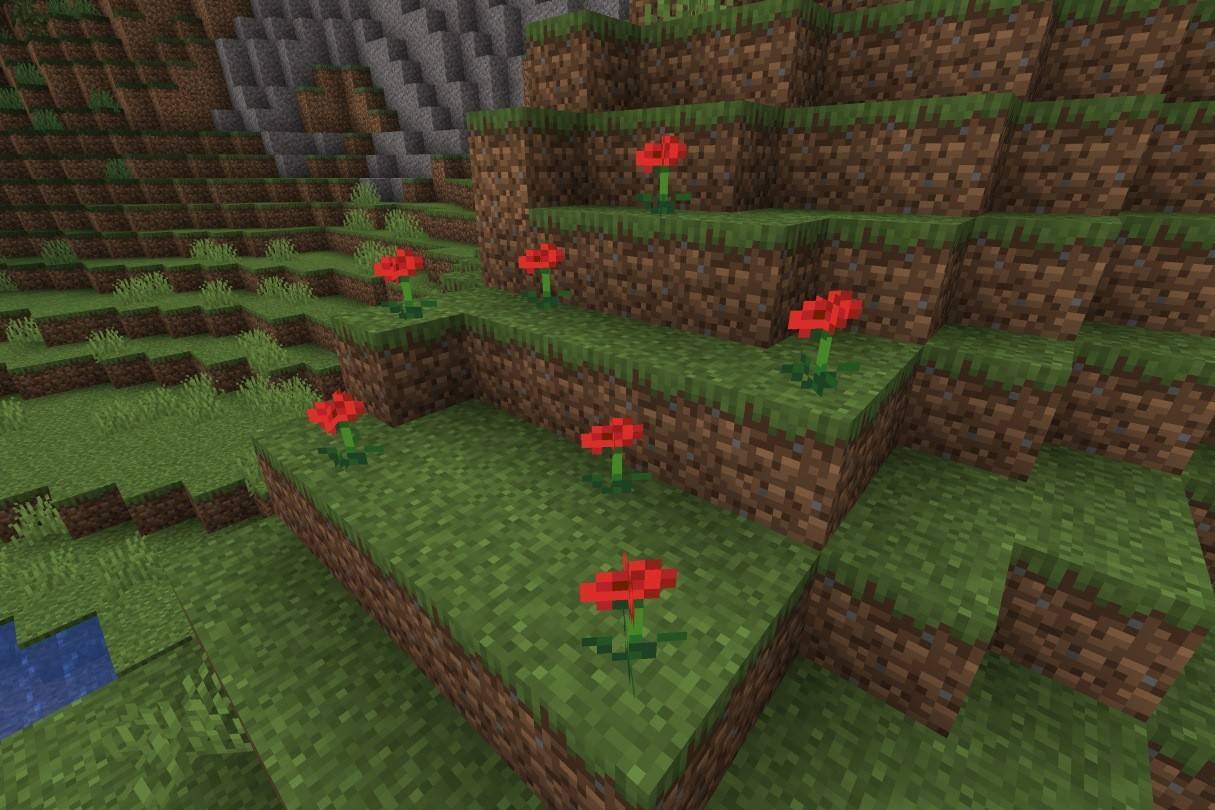 Image: ensigame.com
Image: ensigame.com
Replacing the original rose and cyan flowers, poppies are readily found across multiple biomes and are even dropped by Iron Golems. Their primary function is crafting red dye, essential for coloring banners, beds, wool, sheep, and wolf collars.
Dandelion
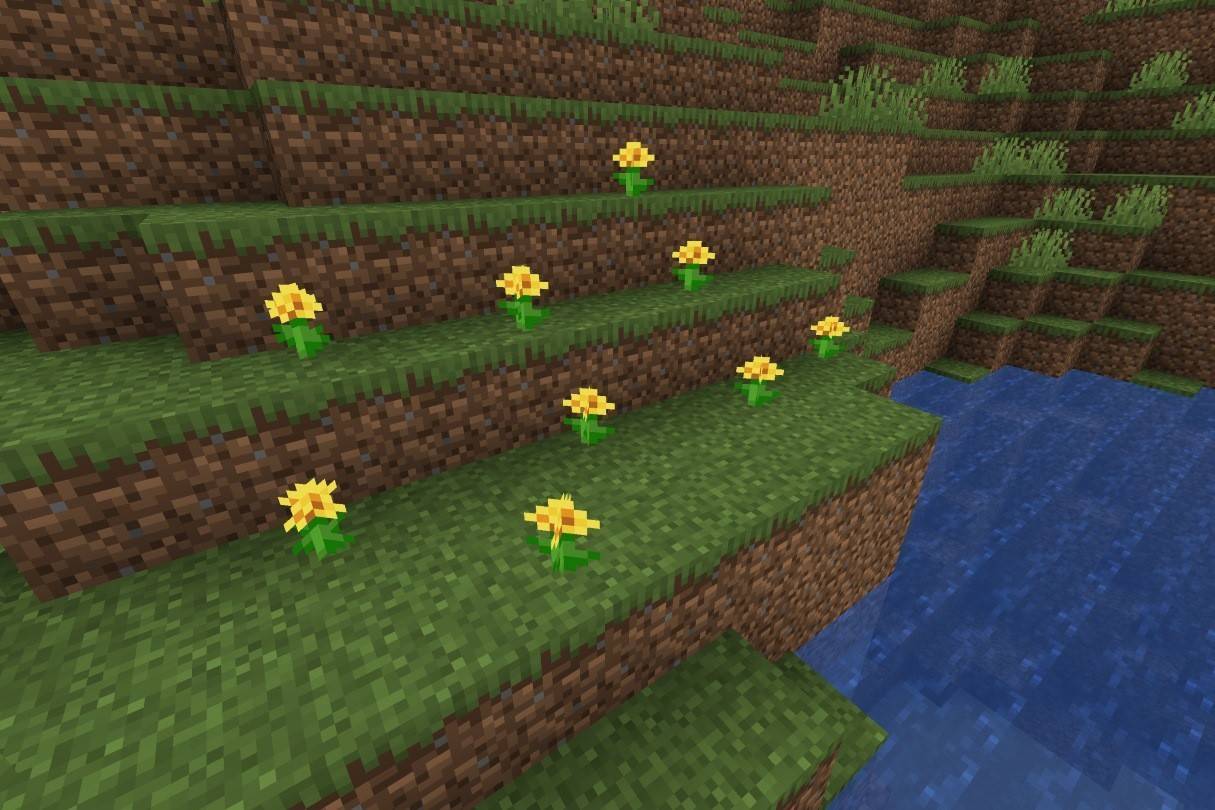 Image: ensigame.com
Image: ensigame.com
These bright yellow flowers, absent from marshes and ice plains, are abundant in flower forests. Yielding one unit of yellow dye (sunflowers produce two), they're perfect for adding a cheerful touch to your creations.
Allium
 Image: ensigame.com
Image: ensigame.com
Native to flower forests, alliums offer vibrant purple blooms used to create magenta dye. This dye is crucial for coloring mobs and crafting blocks like magenta stained glass, terracotta, and wool.
Rose Bush
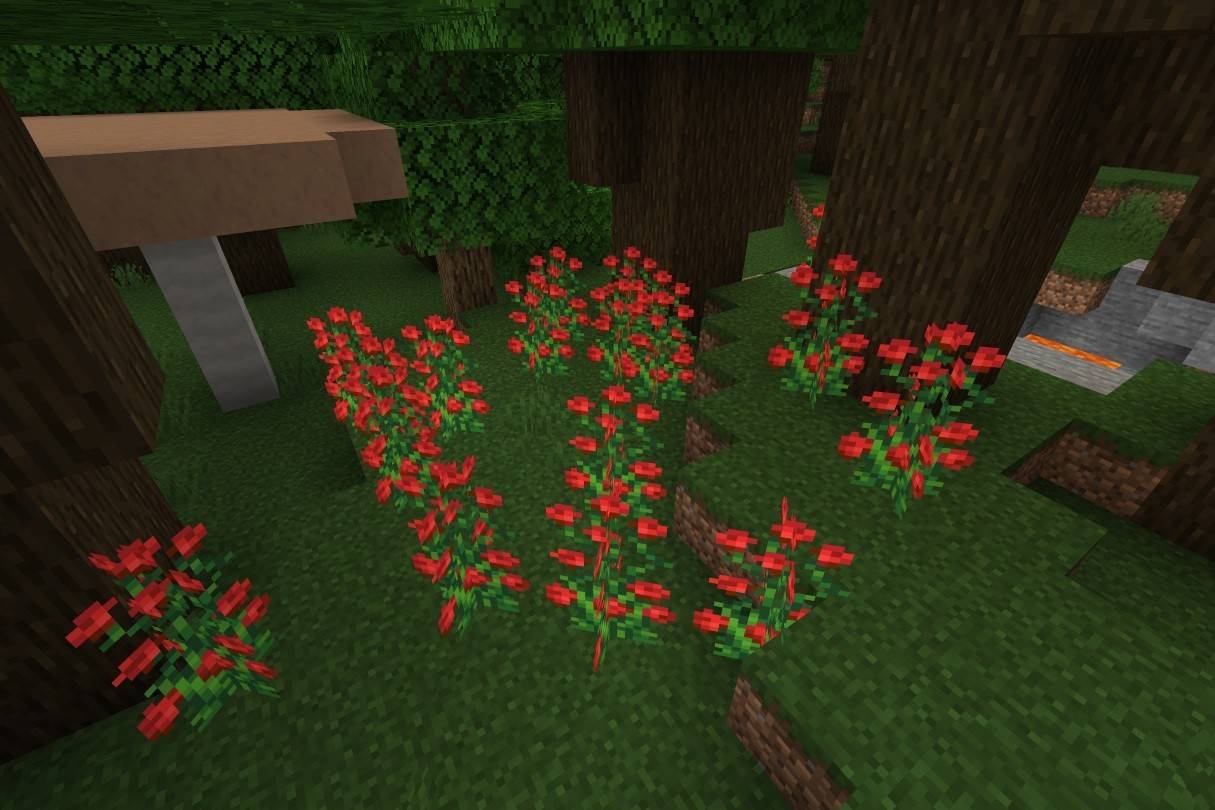 Image: ensigame.com
Image: ensigame.com
A tall, red flower found in various wooded biomes, the rose bush provides red dye, useful for dyeing wool, banners, beds, and leather armor. Unlike the wither rose, it's a safe and visually appealing addition to any landscape.
Wither Rose
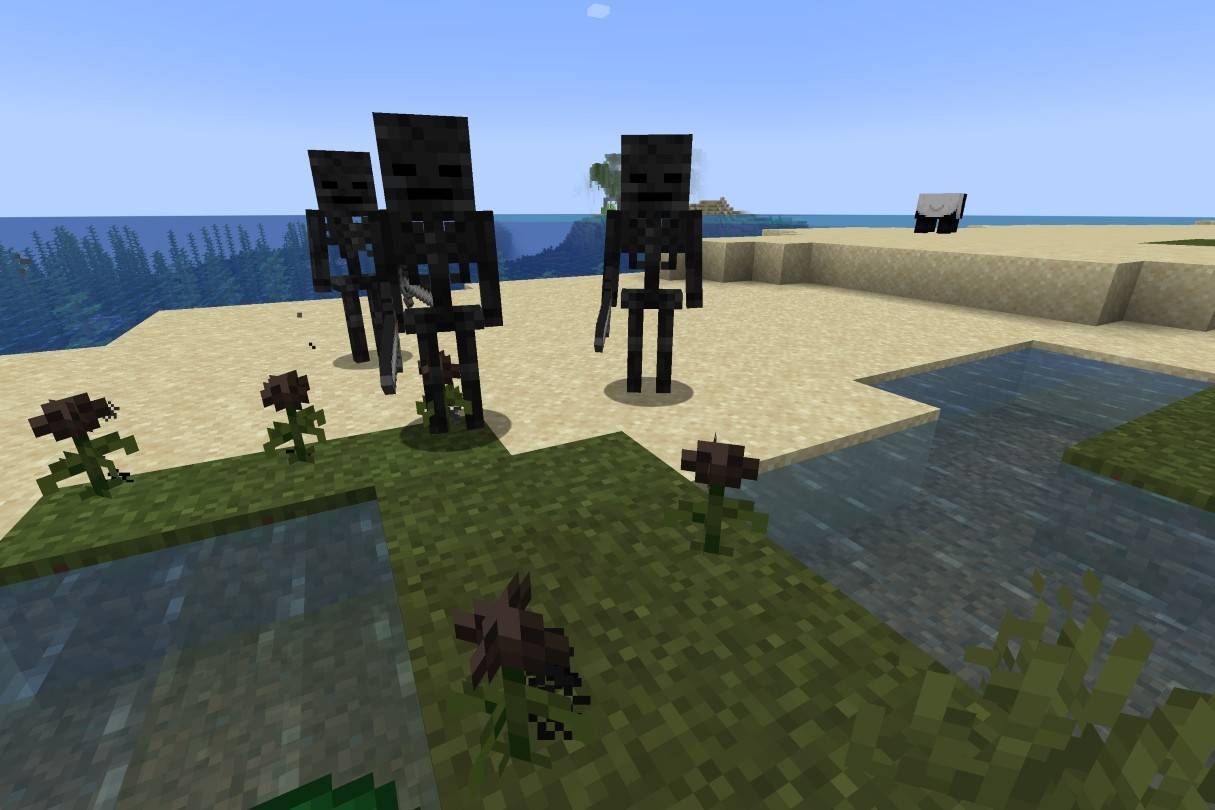 Image: ensigame.com
Image: ensigame.com
A dangerous but valuable flower, the wither rose spawns from Wither kills or rarely in the Nether. Contact inflicts the Wither effect (curable with milk). It's used to craft black dye and firework stars, adding a unique, albeit hazardous, element to your inventory.
Peony Bush
 Image: ensigame.com
Image: ensigame.com
These tall, pink flowers thrive in woodland biomes. They produce pink dye (or can be crafted from red and white dye) and can be cultivated with bone meal. Pink dye enhances wool, stained glass, terracotta, and wolf collars.
Lily of the Valley
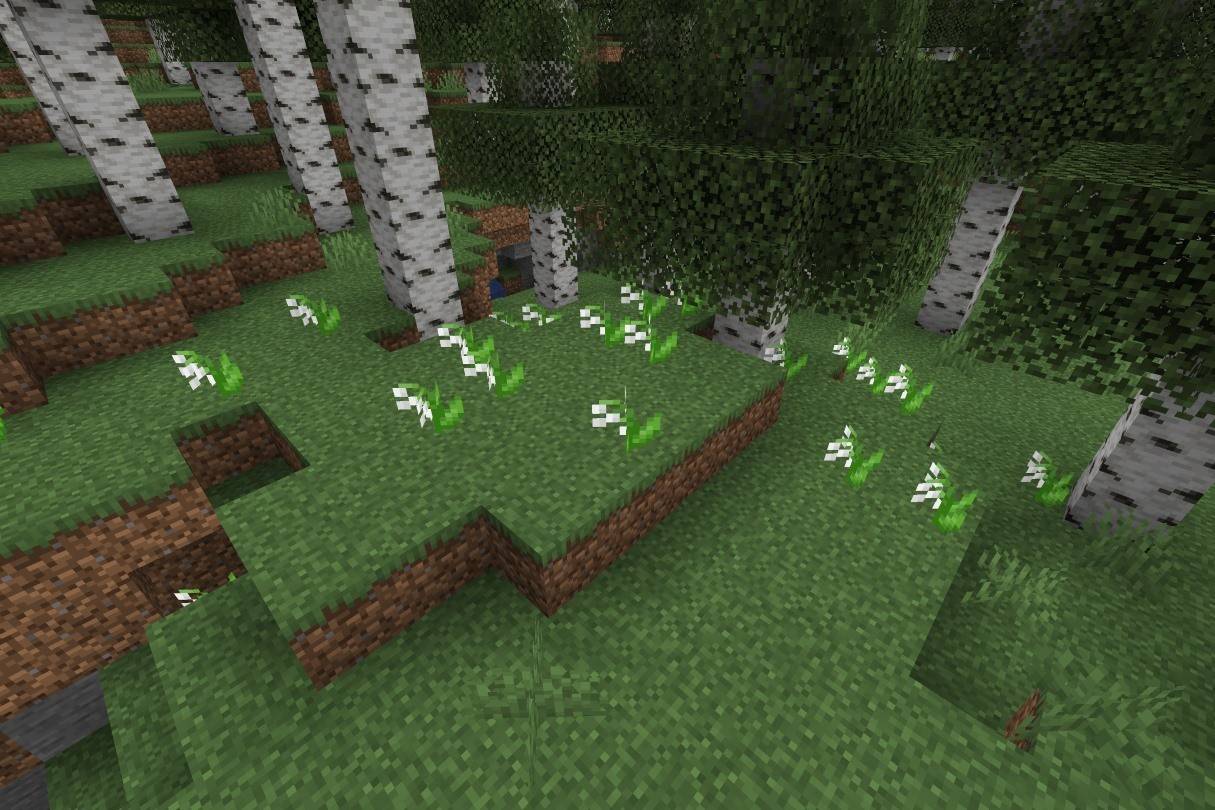 Image: ensigame.com
Image: ensigame.com
Found in forests and flower forests, the Lily of the Valley yields white dye, a base for many other dyes, including gray, light gray, light blue, lime, magenta, and pink.
Tulip
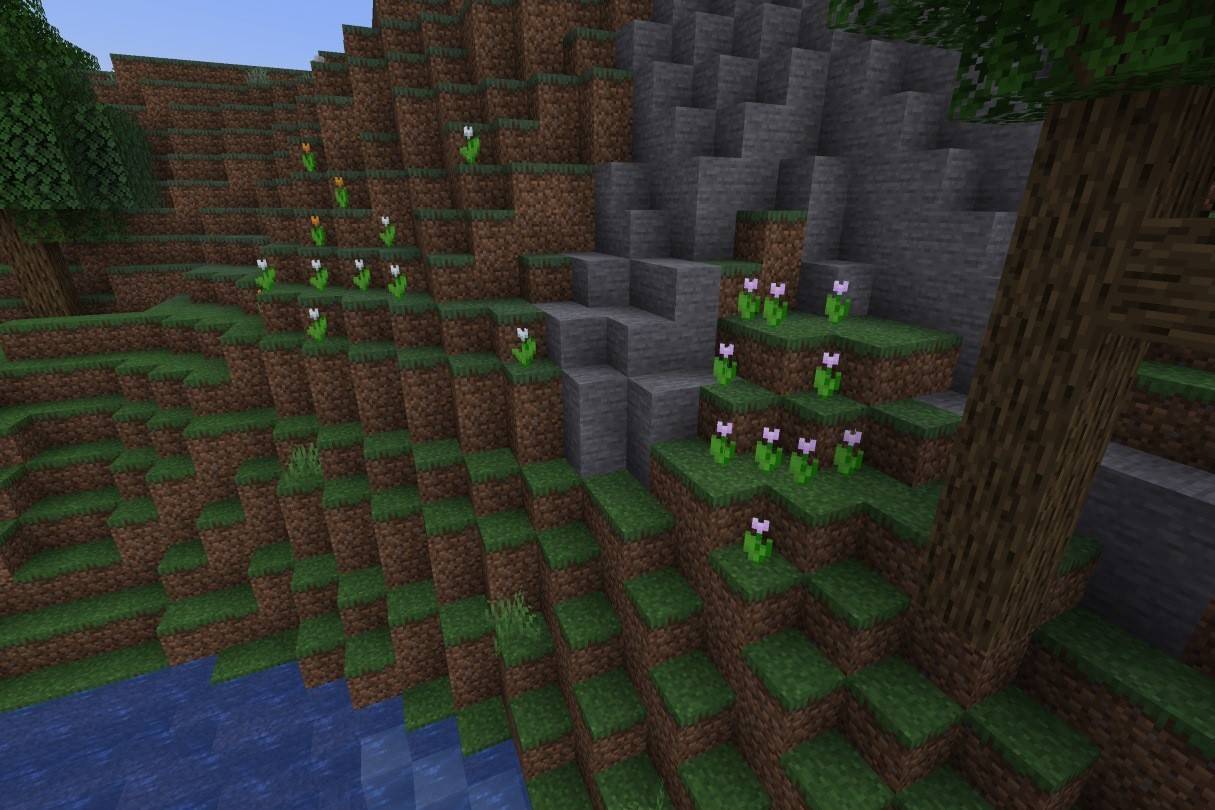 Image: ensigame.com
Image: ensigame.com
Available in red, orange, white, and pink, tulips offer diverse dyeing options depending on their color, providing a wide range of customization possibilities.
Azure Bluet
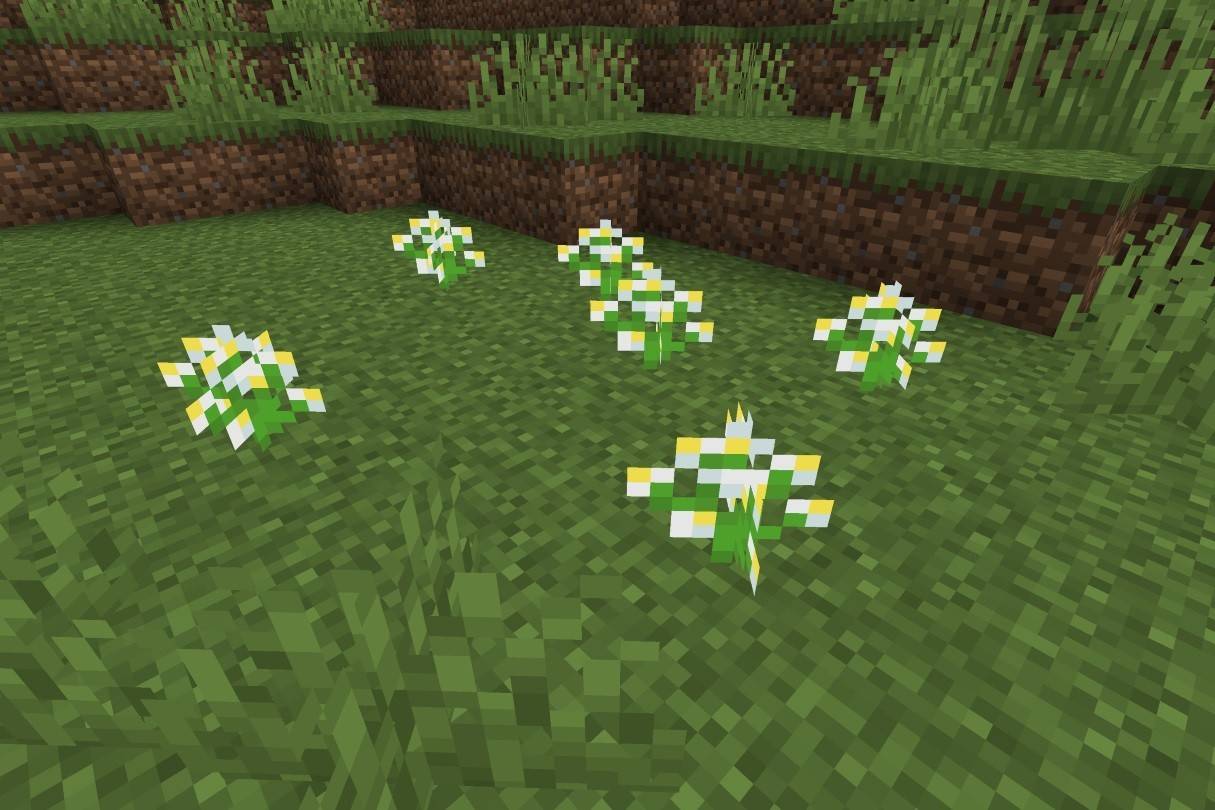 Image: ensigame.com
Image: ensigame.com
This small, white and yellow flower creates light gray dye, also obtainable by combining bone meal and gray dye.
Blue Orchid
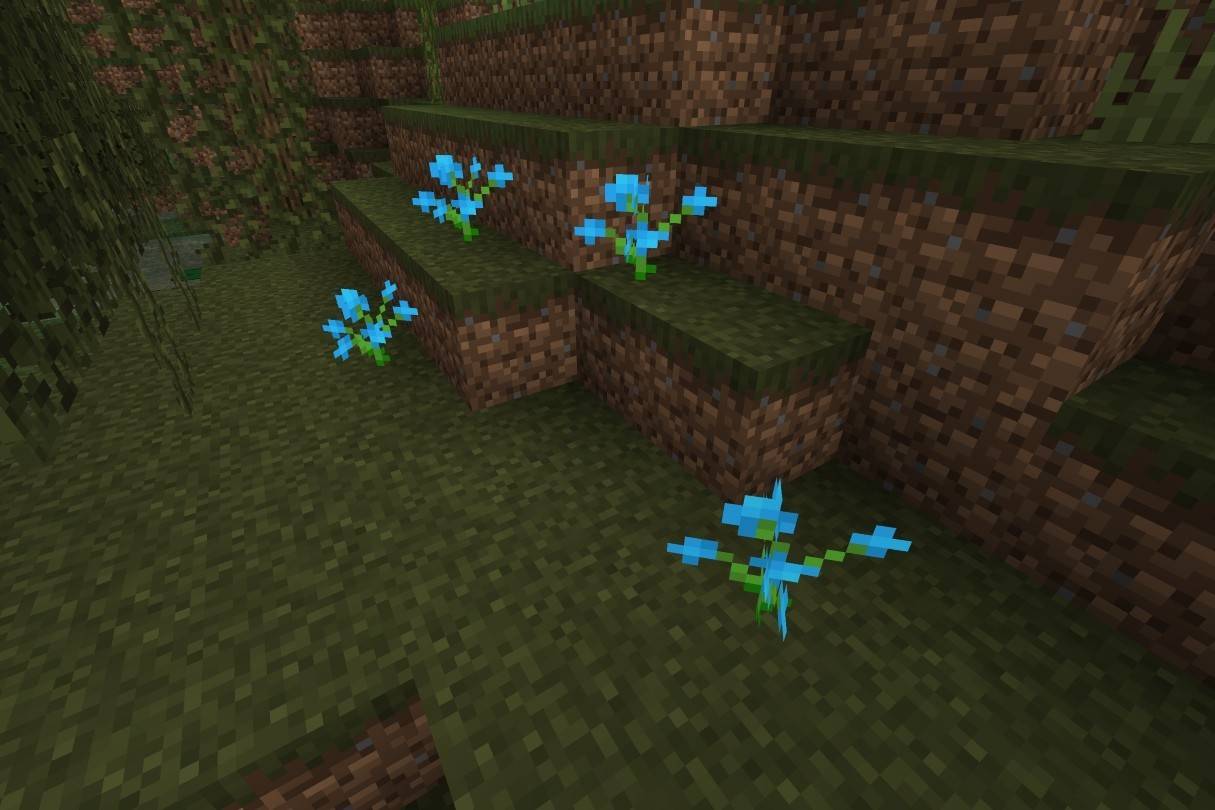 Image: ensigame.com
Image: ensigame.com
A rare find in swamps and taigas, the blue orchid is the source of light blue dye.
Cornflower
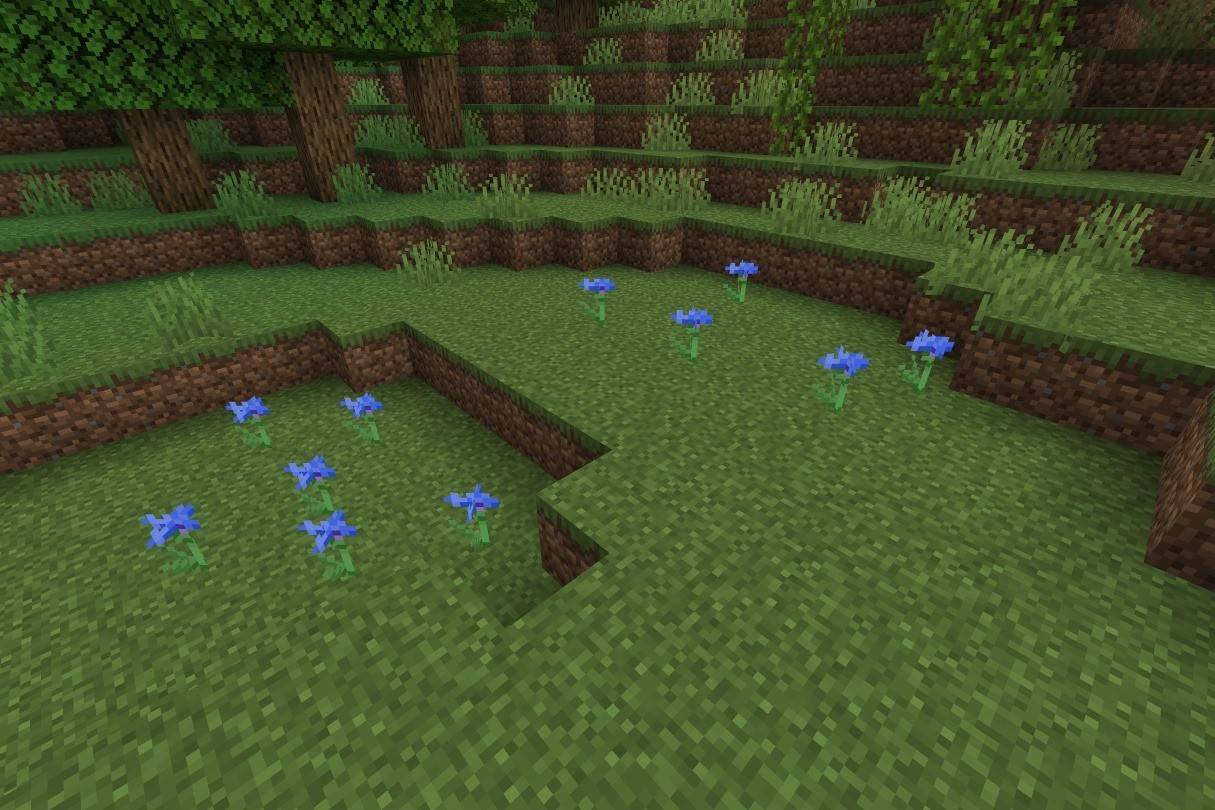 Image: ensigame.com
Image: ensigame.com
These blue flowers, found in plains and flower forests, produce blue dye for coloring wool, glass, and terracotta.
Torchflower
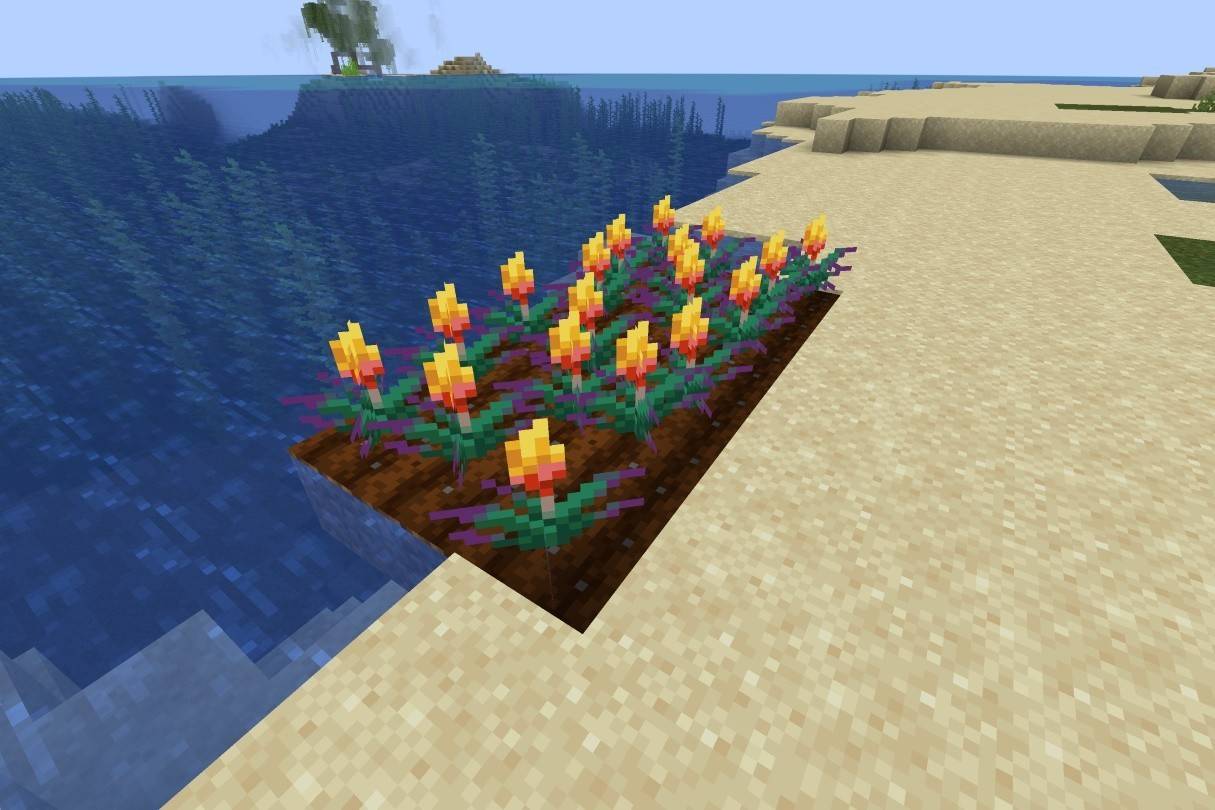 Image: ensigame.com
Image: ensigame.com
Grown from seeds, the torchflower provides orange dye. Its growth and propagation vary between Java and Bedrock Editions.
Lilac
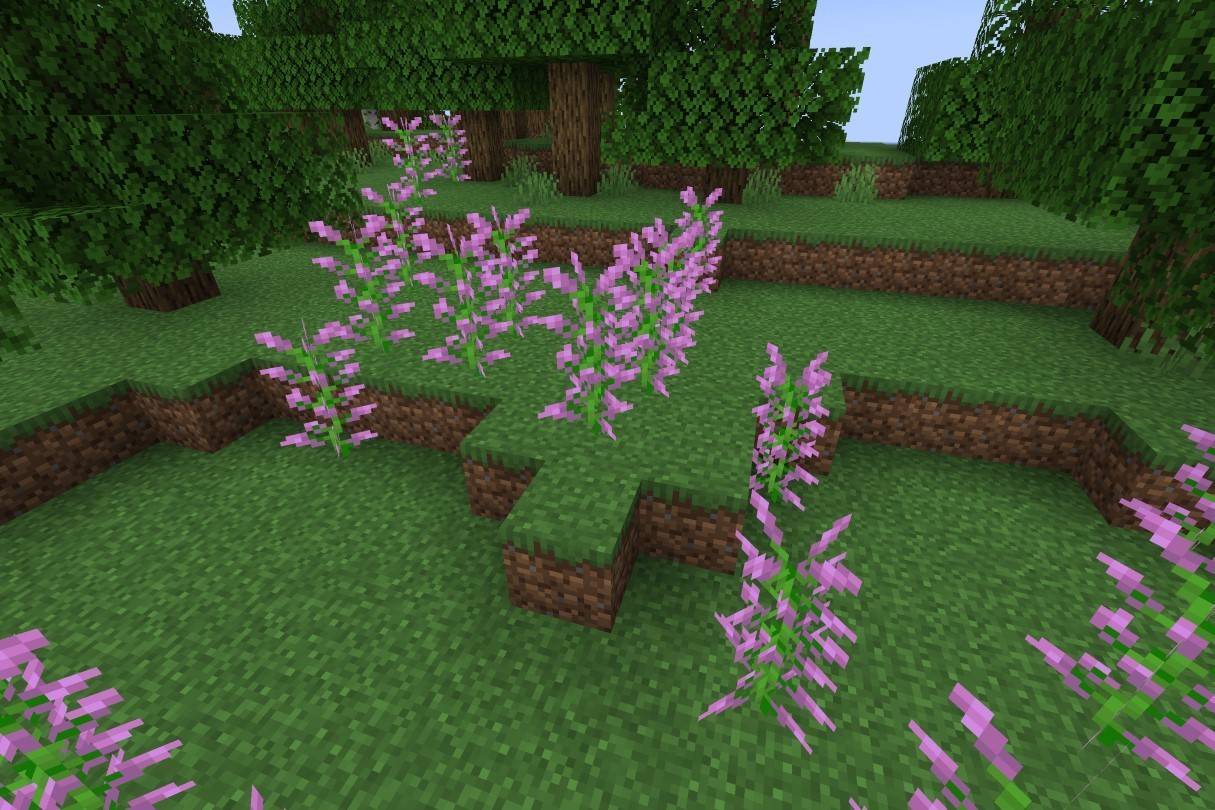 Image: ensigame.com
Image: ensigame.com
These tall, light-purple flowers, found in various forest biomes, yield magenta dye.
Oxeye Daisy
 Image: ensigame.com
Image: ensigame.com
The oxeye daisy produces light gray dye, useful for dyeing wool, leather armor, and glass.
Sunflower
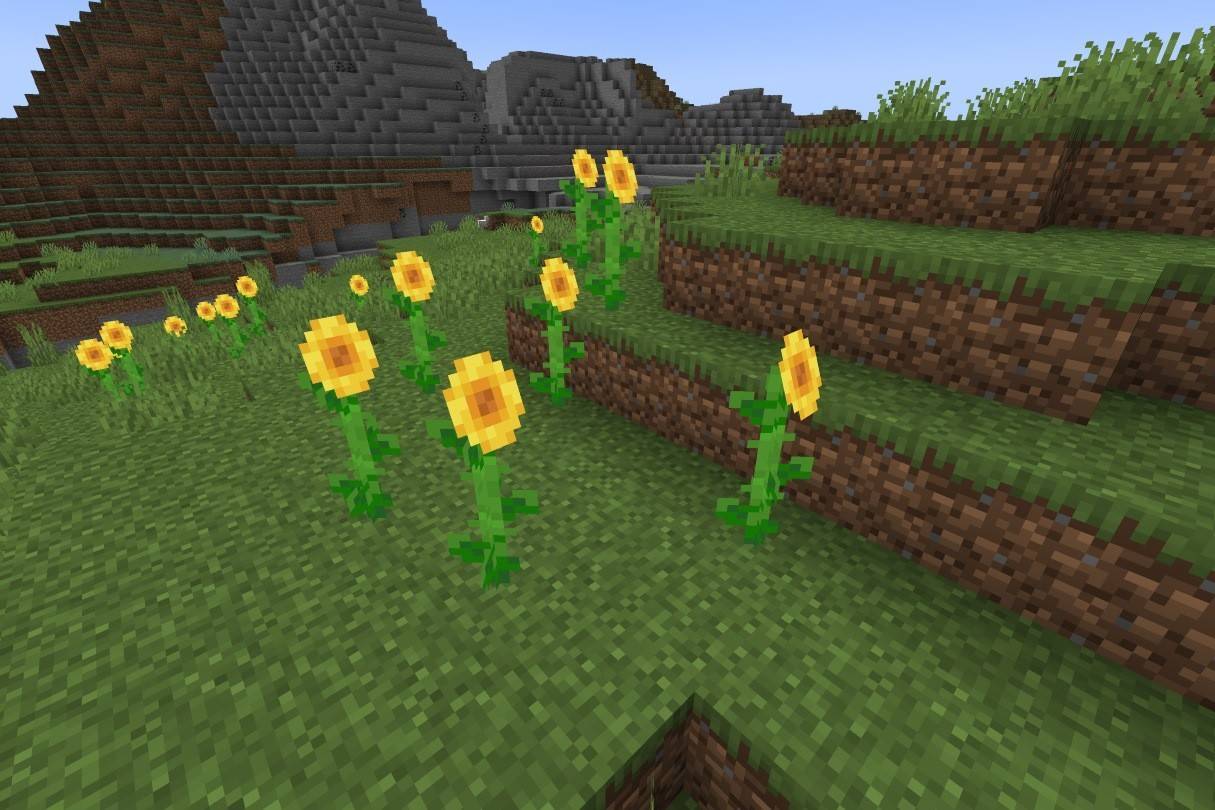 Image: ensigame.com
Image: ensigame.com
Found in sunflower plains, sunflowers provide yellow dye and are known for their east-facing orientation.
Mastering these floral resources unlocks significant creative potential within your Minecraft world. Explore, experiment, and enjoy the vibrant possibilities!
 Home
Home  Navigation
Navigation






 Latest Articles
Latest Articles










 Latest Games
Latest Games












